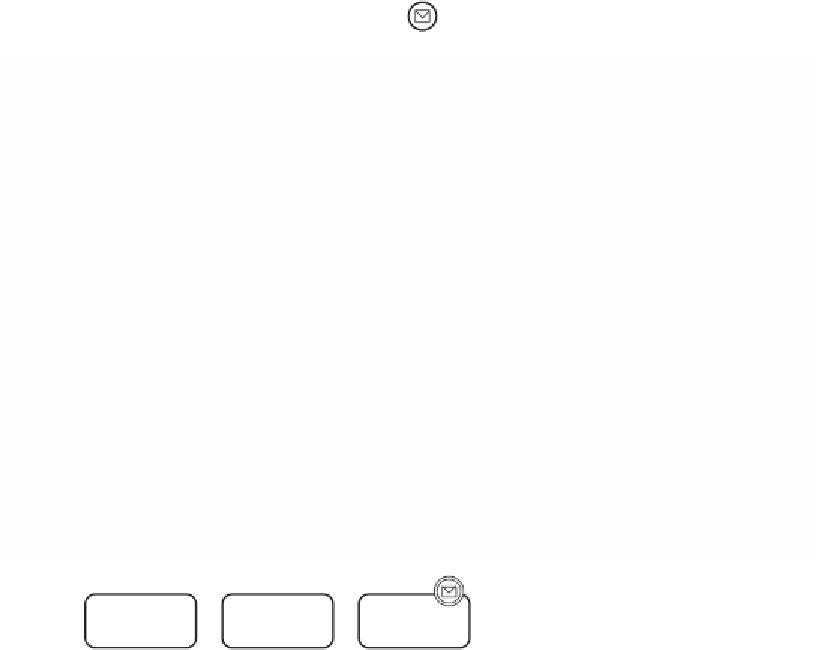Java Reference
In-Depth Information
Each of the elements defined in our graphical definition is covered in a later
subsection. Although we could define them all and then do the tooling and map-
ping, it's typically better to work iteratively. So although in each section it
appears as though it was all done in a waterfall manner, the figures, their tool-
ing, and their mappings actually were all done one or two at a time with many
gmfmap
code iterations in between.
Also, notice the use of
Figure Ref
elements in the graphical definition.
BPMN has several elements that contain common internal notation, so this reuse
capability prevents copying/pasting/updating figures. For example, the envelope
image in Figure 4-27 can appear within three different
Event
types.
→
gmfgen
→
Figure 4-27
Figures with inner elements
TIP
Notice that
myUseLocalCoordinates
is set to
false
by default when
using
Figure Ref
, so you might want to change it to
true
if your figure
contains another figure.This was the case with our envelope inner element;
otherwise, it did not appear within the parent circle.
Task and Subprocess
We begin by creating a
Task
figure, which will be similar to our mindmap
Topic
figure, including the modifications we'll do to fix the stack layout and text wrap-
ping covered in Section 4.3.5, “Topic Figure Layout.” Figure 4-28 shows these
elements, along with their figure and node settings, beginning with a Task.
Table 4-28 shows the detail of the Task figure definition.
Task with
Border Item
Ta s k
Subprocess
Figure 4-28
Scenario task figures










Search WWH ::

Custom Search